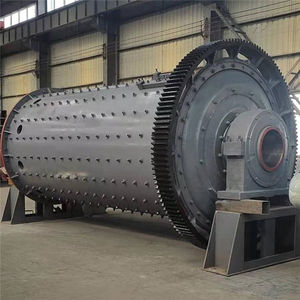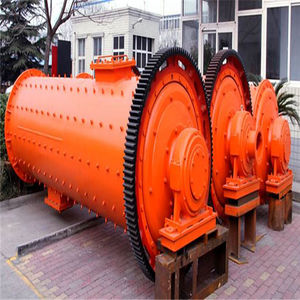
- Hydraulics - Pneumatics
- Filter and Separator
- Liquid hydrocyclone
- Shijiazhuang Huatao Import And Export Trade Co.,Ltd
- Products
- Catalogs
- News & Trends
- Exhibitions
Dehydrating hydrocyclone liquid


Add to favorites
Compare this product
Characteristics
- Options
- liquid, dehydrating
Description
The hydrocyclone is a classification device that uses centrifugal force to accelerate the sedimentation of ore particles. It occupies a small area, is cheap, has a large processing capacity, and has high classification efficiency, and can obtain very fine overflow products, which are mostly used for classification equipment in the second stage of closed-circuit grinding.
The way of involute feeding through the inlet branch reduces the turbulence of the burst emanative flow when materials entry, makes a smooth movement of liquid inside cyclone, therefore gives a sharp classification.
The rational length proportion of column and cone and reasonable insert depth of vortex finder
Wear -resistant rubber as liners prolongs the service life by 2-4 times
The working principle of our hydrocyclone is centrifugal sedimentation, when two phases (or three phases) mixed liquid is fed into hydrocyclone by a certain pressure liquid and produces strong three-dimensional-elliptic rotational movement. Due to the different density of particles, the centrifugal force, the centripetal buoyancy and drag force is different. So most coarse particles (or heavy phase) are discharged from cyclone underflow outlet, and the fine particles (or light phase) from the overflow tube, so as to achieve separation.
Working modes of our hydrocyclone includes classification, condensation, dehydration, desliming, sand removing sand, washing, ultrafine classification etc.
Other Shijiazhuang Huatao Import And Export Trade Co.,Ltd products
OTHER MINERAL EQUIPMENT PARTS
Related Searches
- Solid classifier
- Eddy current separator
- Gravity classifier
- Process classifier
- Classifier for the recycling industry
- Particle classifier
- Automatic separator
- Separator for the chemical industry
- Dry classifier
- Belt classifier
- Sand classifier
- Wet separator
- High-performance classifier
- Powder classifier
- Iron separator
- Mining classifier
- Hydrocyclone
- Coal classifier
- Magnetic roller separator
- Ceramic separator
*Prices are pre-tax. They exclude delivery charges and customs duties and do not include additional charges for installation or activation options. Prices are indicative only and may vary by country, with changes to the cost of raw materials and exchange rates.
















